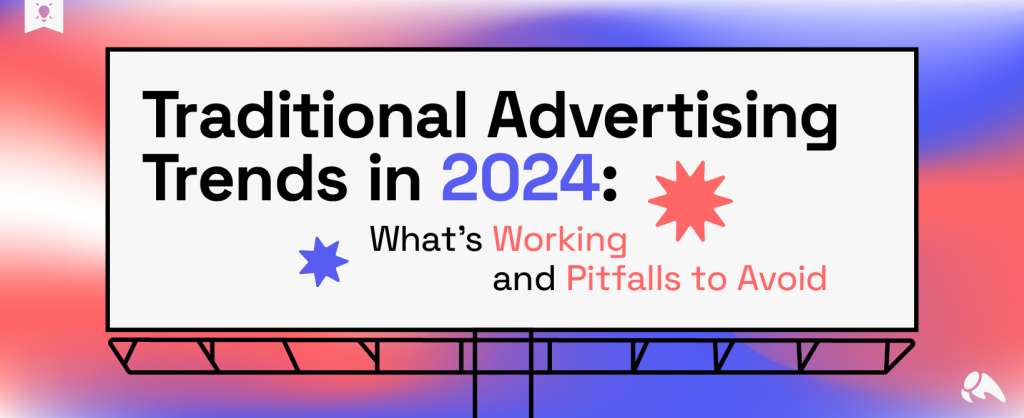
In any digital marketing agency, you’ll inevitably run into clients well-versed in traditional marketing tactics but cautious about the web. A CEO who has built a company from the ground up may prefer to keep a budget for TV ads, paper brochures and direct mail campaigns, but his head of marketing wants to invest in an AdWords campaign and has come to you for help. Your job is to convince the CEO of the need to invest in digital marketing.
Are you ready? Are you confident?
Let’s address three common objections to investing in a web presence and online advertising.
“People don’t use the web to find my product.”
Are you sure? Would they if you gave them a better opportunity to do so?
A salesman who’s built his business through tried-and-true in-person networking tactics may doubt the value of the web to bring in leads. However, people in today’s world turn to the web first more and more often to answer questions and find products and services. Chances are, a bit of keyword research in Google Trends or Keyword Planner will uncover potential search queries directly relevant to your client’s business.
In addition, look to see if competitors exist on the web. If they have websites and are utilizing online advertising, likely they are finding a return from online efforts. In addition, if people search for a product or service and only see listings for competitors, your client has lost potential business from every search.
If no major competitors have a web presence, or if none of them are engaging in online advertising, your client has even more reason to invest in the web. The establishment of an online presence will put them ahead of competitors and allow them to easily grab leads.
“I don’t click on ads. Nobody clicks on ads.”
I’ve heard this objection countless times, even from people who work in the digital realm. To answer this objection, point to data that shows that a consistent percentage of people do indeed click ads, whether in search results or display placements, and also convert into customers after clicking. While clickthrough rates and conversion rates vary extensively based on industry and business models, a properly run campaign will see people clicking and converting.
Ideally, if you already have data from campaigns you’ve run for a similar industry, show the stats to your potential client to prove that you have seen success with online advertising. Even if you don’t have enough data to show from your own efforts, browse a site like Think with Google’s Industry section to find statistics that will relate to your client.
In addition, paid formats like Google Shopping ads continue to dominate space in search results, and may people are not aware these are paid placements. According to this Wordstream study, around two-thirds of clicks go to ads from searches with high intent to purchase.
“We’ve advertised via [direct mail, TV ads, billboards] for years with good results. Why change?”
First of all, ask how your client tracked results from a traditional form of advertising. If they sent out a direct mail piece with a coupon, did they track how many people used that coupon, or did they just guess at success from general sales trends? If they’ve run ads on the same local channels for years, have they used a trackable phone number or some other way to track that those TV ads are actually what have contributed to bringing in sales?
One of the strongest arguments for advertising online versus in traditional mediums lies in the ability to track and refine. The ability to see, down to the level of specific keywords, what searches result in the most visits, leads and purchases tops any statistics you’ll ever see from a costly direct mail piece. The ability to monitor campaigns daily, adjust bids and constantly test new ad messaging maximizes an ad budget in a way that tops any billboard placement.
“Oh. I get it now.”
Once you are able to show capabilities and results from digital marketing, many clients who once stuck with traditional marketing tactics will begin to see the value of the web. Ultimately, if you can prove a return on investment using website analytics and advertising campaign statistics, you can help clients build their businesses and adapt to customers in today’s online world.
And they won’t regret taking your advice.







